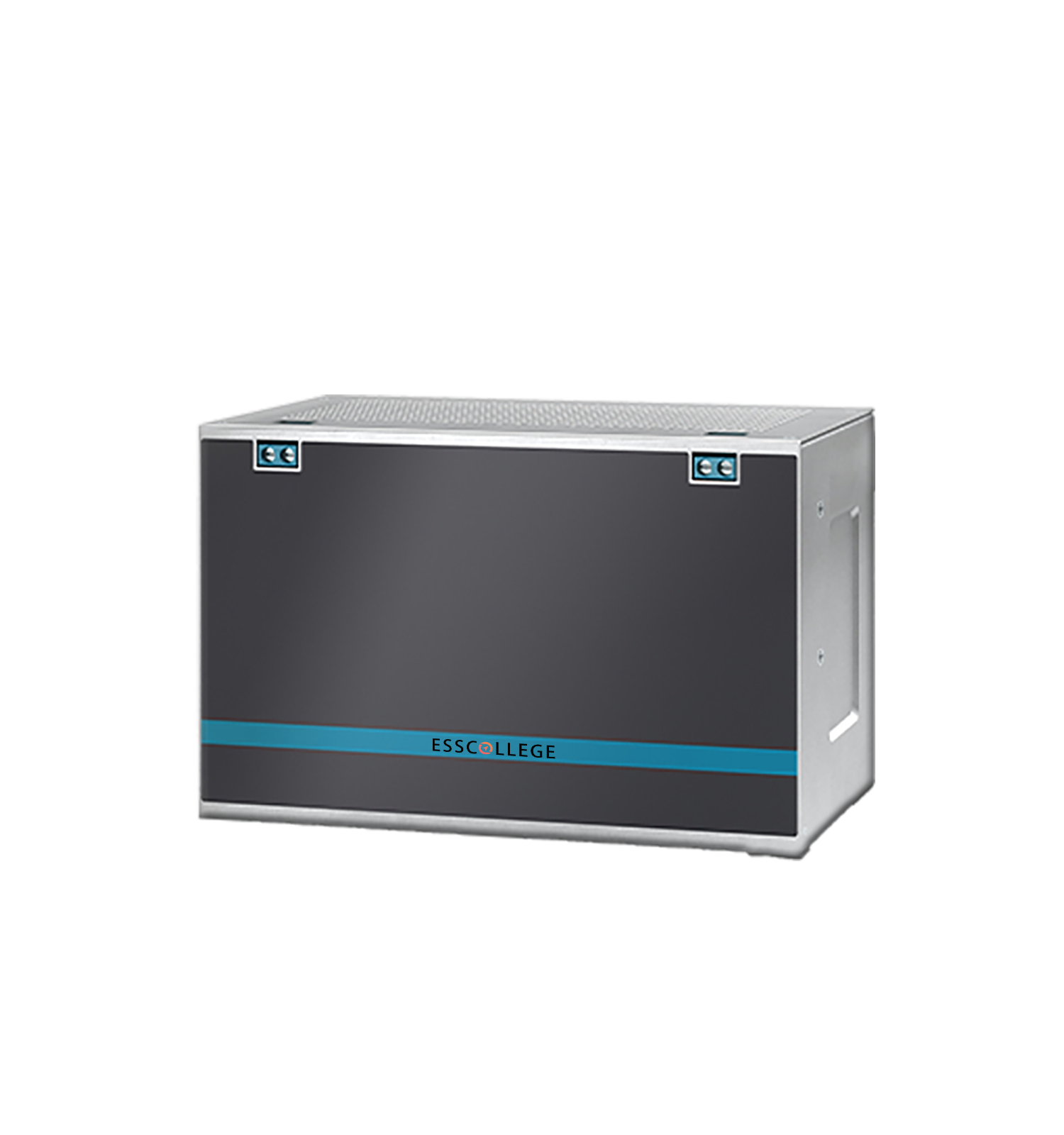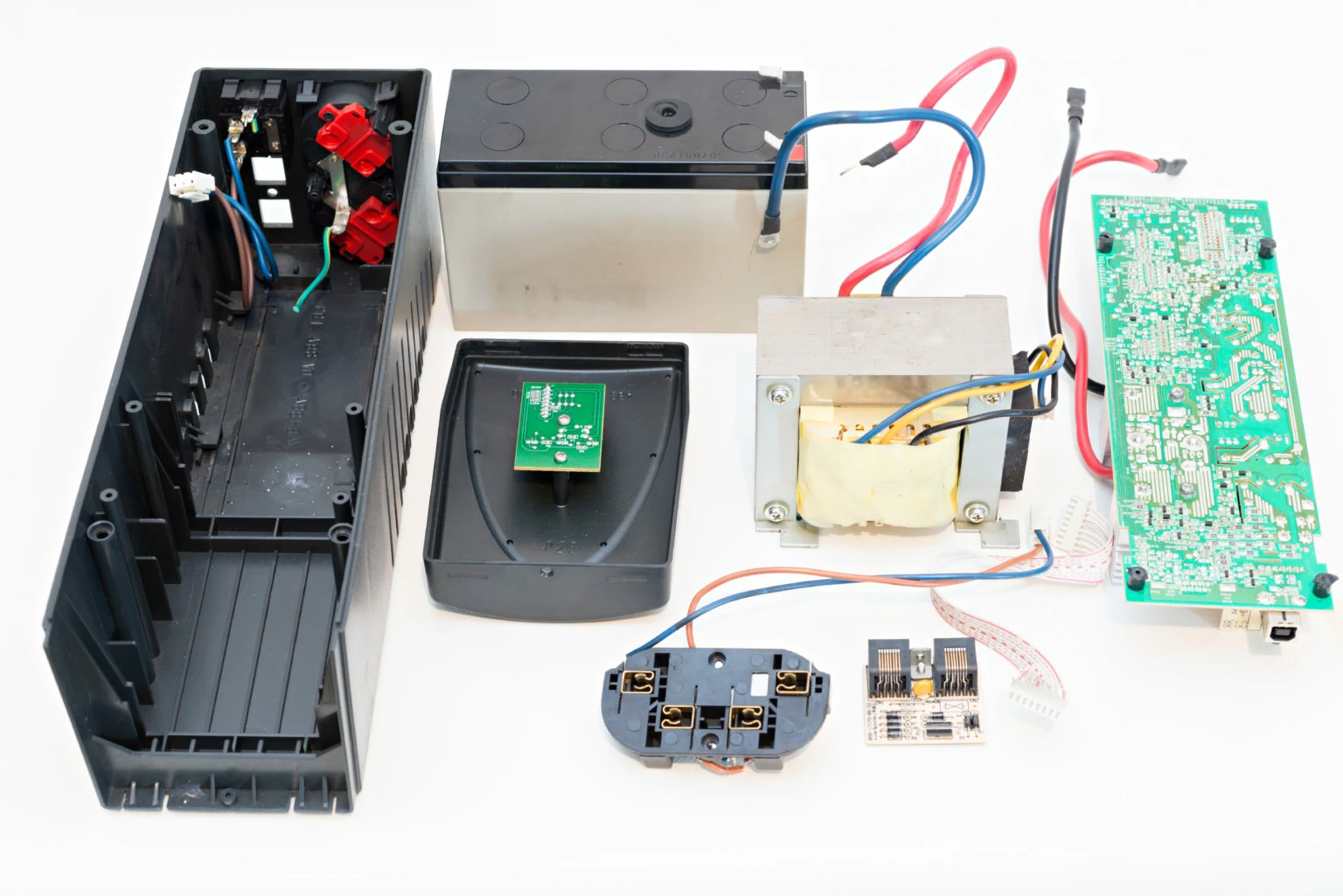UPS production process introduction As an important part of modern...
Discharge capacity efficiency and its influencing factors
The discharge capacity efficiency of an uninterruptible power supply (UPS) system is the ratio between the actual energy released by the UPS during discharge and its theoretical discharge capacity. This efficiency is directly related to whether the UPS can provide the required power support in the event of a power supply failure. If the discharge capacity efficiency is low, it may cause the equipment to be unable to obtain enough power in the event of a power outage, which in turn affects the production and work flow. This paper will discuss the key factors affecting the discharge capacity efficiency of UPS, including discharge rate, temperature, discharge to cut-off voltage and internal impedance of the battery.
Main content
Discharge rate
Discharge rate is one of the important factors affecting the discharge capacity efficiency of UPS, usually expressed in C-rate (battery capacity ratio). The discharge rate has a significant effect on the discharge performance of the battery.
Low-speed discharge: When the discharge rate is low, the battery is able to release its stored energy more efficiently, and usually a higher discharge capacity efficiency can be achieved, because the low-speed discharge reduces the chemical reaction loss and heat loss inside the battery, and also reduces the occurrence of polarization.
High-speed discharge: Relatively speaking, when the discharge rate is too high, the battery may not be able to provide the full energy of its nominal capacity, mainly due to the increase of internal impedance, the enhancement of polarization effect, and the reduction of effective energy release of the battery due to the generation of heat during the rapid discharge process. Therefore, when designing the UPS system, it is necessary to select the appropriate discharge rate according to the specific application to optimize the discharge capacity efficiency.
Temperature
Temperature has an important effect on the discharge capacity and efficiency of UPS batteries. The operating temperature of the battery will affect its internal chemical reactions and the conductivity of the battery material.
High temperature impact: Although moderate high temperature may improve discharge efficiency in the short term, long-term high temperature will accelerate the aging of the battery, reduce its effective discharge capacity, and may lead to safety hazards, such as battery expansion or failure.
Low temperature effects: Lower temperatures usually slow down the rate of battery chemical reactions, resulting in a loss of discharge capacity. Especially at extreme low temperatures, the conductivity of the electrolyte inside the battery decreases, resulting in a significant reduction in discharge capacity.
Discharge to cut-off voltage
Discharge to cut-off voltage refers to the voltage value at which the discharge process should stop when the battery is discharged to a certain voltage level. The setting of discharge cut-off voltage directly affects the discharge capacity efficiency of the battery.
Cut-off voltage setting: If the cut-off voltage is set too low, the battery may not fully release its available capacity; On the contrary, if the cut-off voltage is set too high, it may cause excessive discharge of the battery, which has a negative impact on the health of the battery and reduces its effective service life.
Power requirements and battery protection: In the case of high sensitivity of the user device to the power supply, the appropriate cut-off voltage setting can ensure that the device gets the required power at the critical moment, while avoiding battery damage due to deep discharge, so in the design of the inverter, it is necessary to balance the demand for power and the health protection of the battery.
Internal impedance of the battery
The internal impedance of the battery is an important factor affecting the charge-discharge performance of the battery, and it plays a decisive role in the discharge capacity efficiency of the UPS.
Source of internal impedance: The internal impedance of the battery is usually caused by the resistance of the conductive material, poor contact, polarization caused by chemical reactions and other factors. When the battery is discharged, the internal impedance causes some of the energy to be lost as heat, thus reducing the effective discharge capacity.
Changes in internal impedance: As the battery is used for longer periods of time, the internal impedance usually increases gradually, affecting its discharge efficiency. Therefore, regular monitoring of the internal impedance of the battery can help evaluate its status and performance, so that appropriate maintenance measures can be taken.
CONCLUSION
The discharge capacity efficiency of a UPS is affected by a variety of factors, including discharge rate, temperature, discharge to cut-off voltage, and internal impedance of the battery. Understanding and optimizing these factors is the key to improving UPS performance and extending battery life. In practical applications, users should consider these factors comprehensively and formulate reasonable use and maintenance strategies to ensure that UPS can provide reliable power support at critical moments.

UPS BATTERY SERIES
UPS (Uninterruptible Power Supply) batteries are an important component of power supply systems designed to provide stable power support for electronic devices.
Extended reading
UPS Application Scenarios
UPS application Scenarios Uninterruptible power supply (UPS) is an effective...
THE ESSC Brand promise
Global supply
Our products sell well all over the world, covering many countries and regions, through the global logistics network, to provide customers with convenient purchasing experience.
Rigorous quality
We adhere to the highest quality control standards to ensure every product meets industry regulations and customer expectations, earning trust through consistent excellence.
Excellent service
With a customer-centric approach, we provide prompt responses, professional support, and personalized services, aiming to deliver the best user experience and long-term value.





